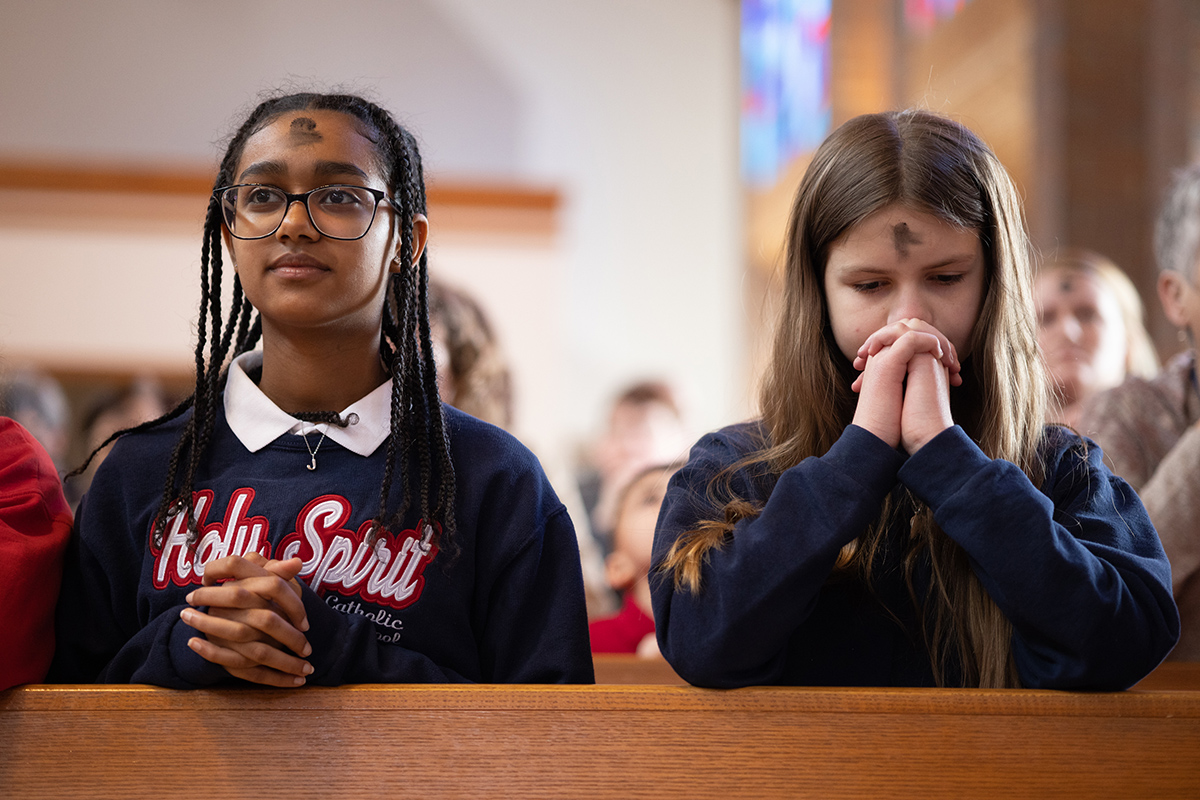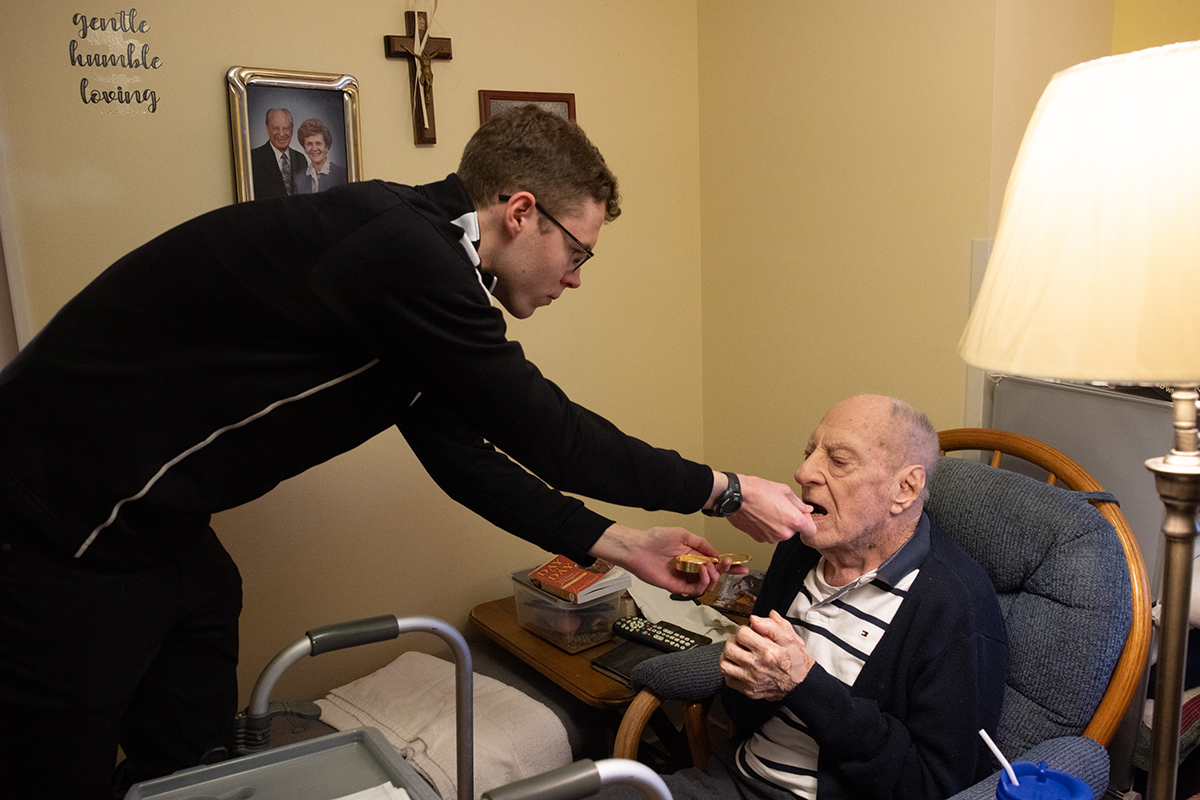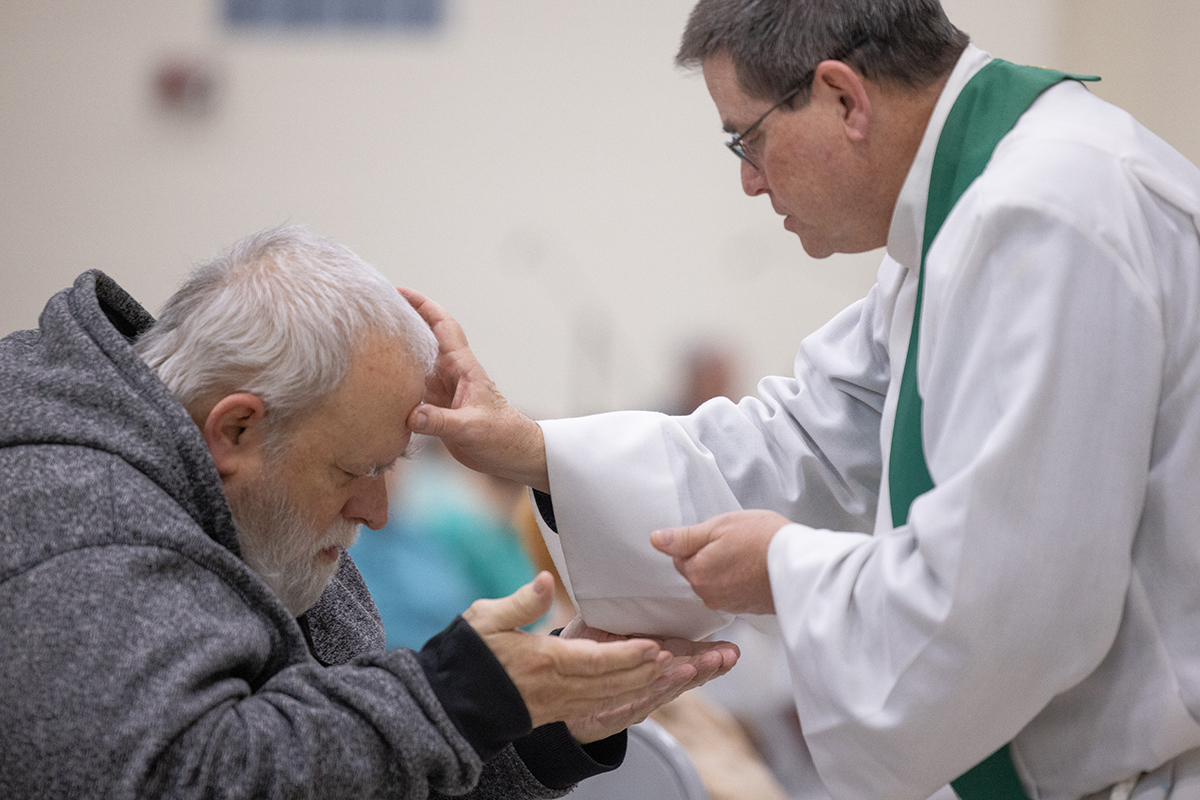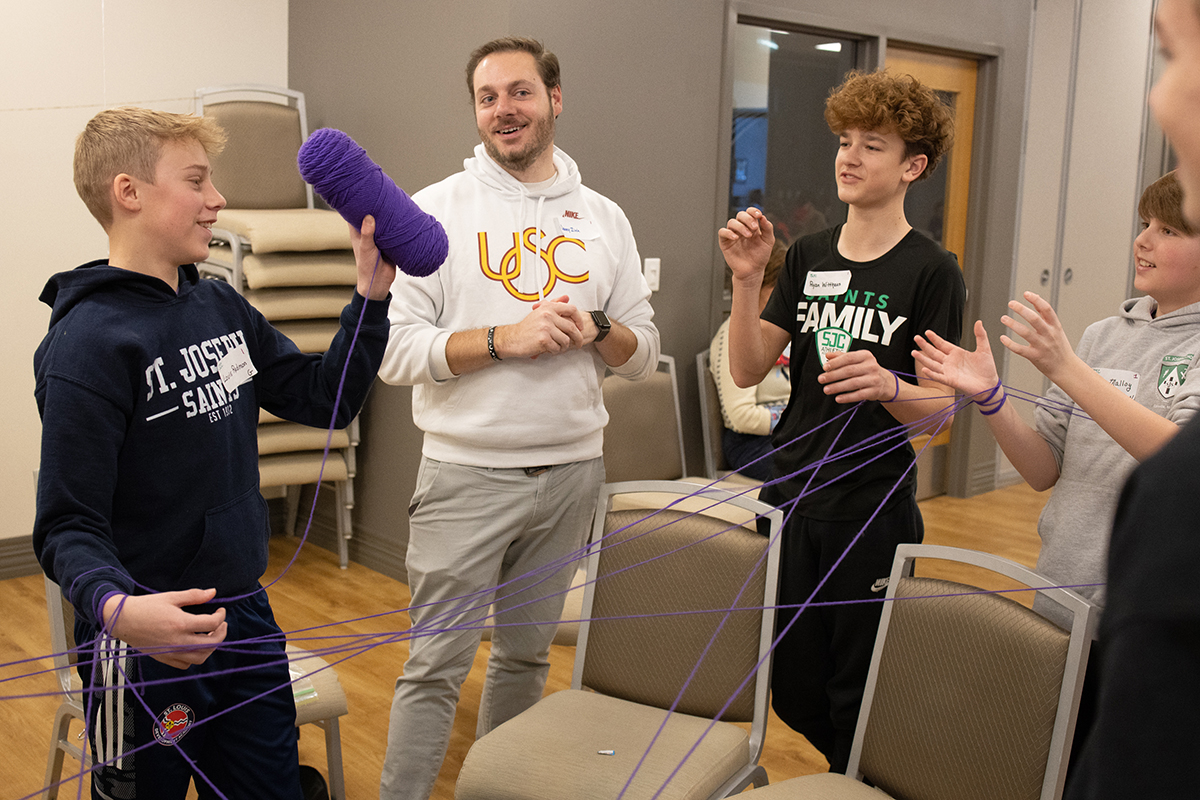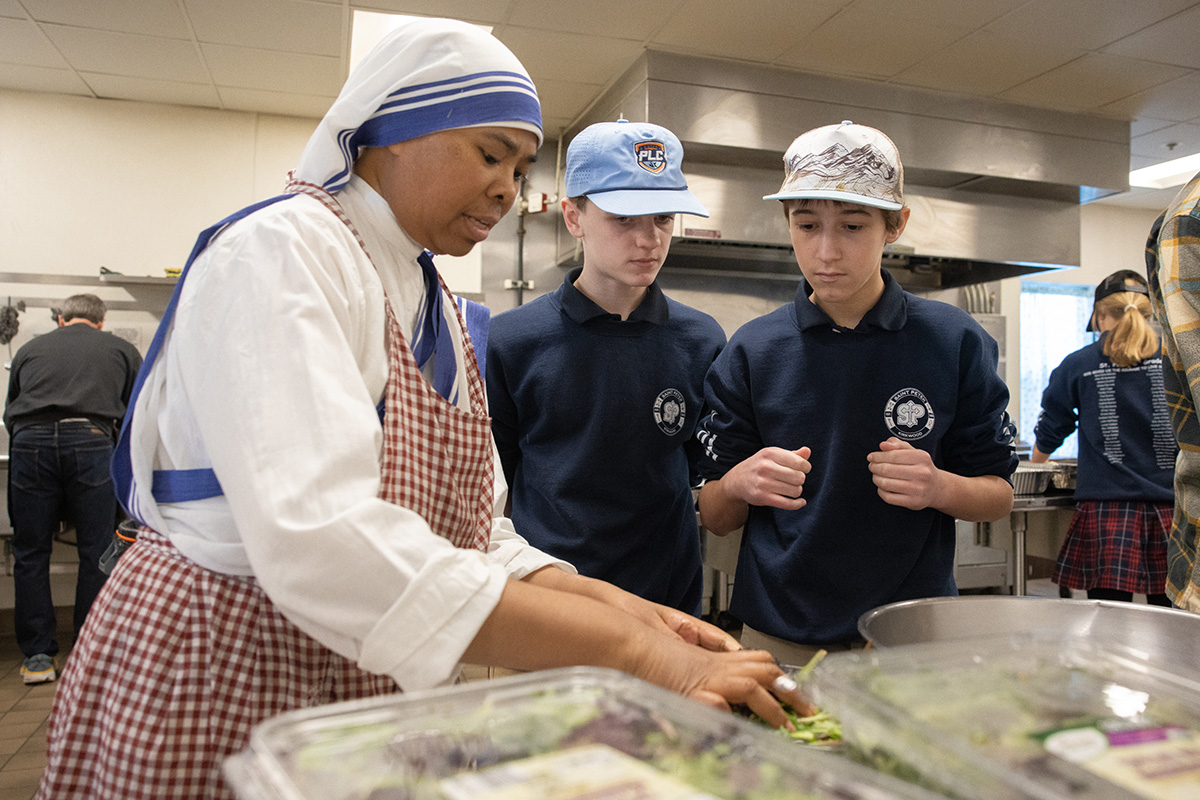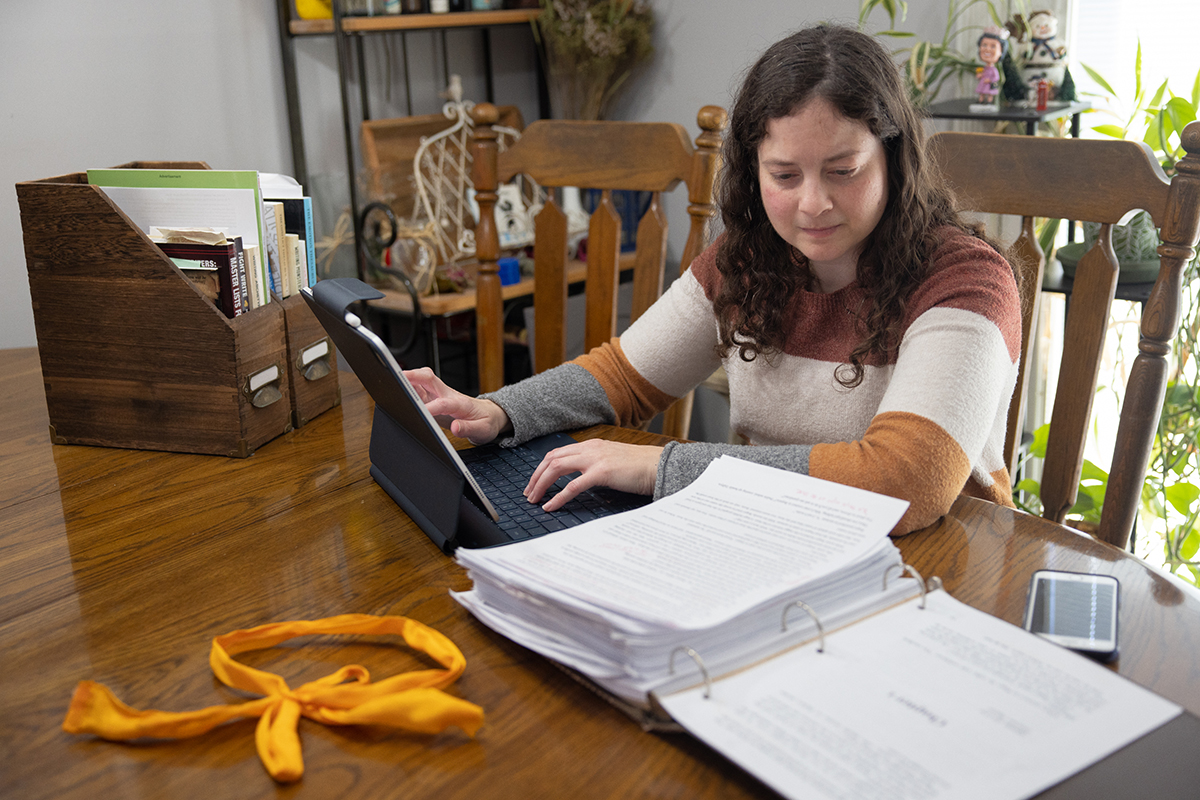Vatican offers details on how synod will work, media access
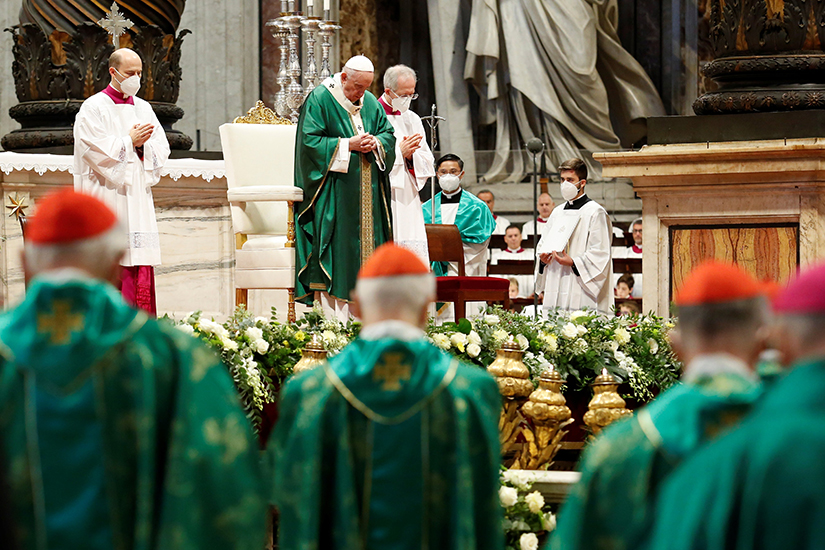
In the upcoming Synod on Synodality, participants will figure out how to address pastoral questions together

VATICAN CITY — Any limitations and rules regarding media access and communications during the upcoming Synod of Bishops are rooted in the “essence” of a synod and meant to help participants in their process of discernment, said the head of the synod’s communication committee.
“The way in which we are going to share information about the synod is very important for the discernment process and for the entire Church,” Paolo Ruffini, prefect of the Vatican Dicastery for Communication, told reporters at a Vatican news conference Sept. 8.
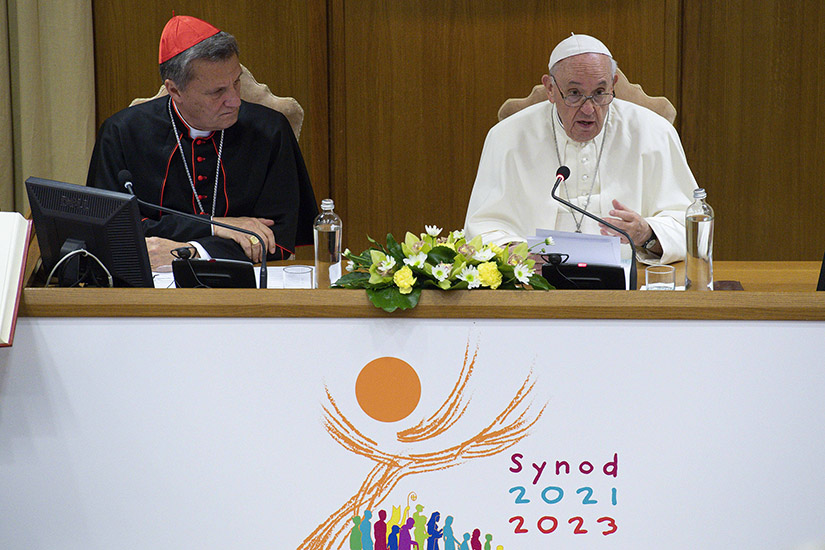
Some of the “few rules regarding communication” stem from “the essence of the synod,” he said, which Pope Francis has repeatedly underlined is not a “parliament” or convention, but a journey of listening and walking together in accordance with the Holy Spirit.
“Maintaining the confidentiality, the privacy, and, I would say, the sacredness of certain places for conversation in the Spirit, is part and parcel of the desire to make these moments a true opportunity for listening, discernment and prayer rooted in communion,” he said.
However, Ruffini said, some portions of the synod will be livestreamed and open to Vatican-accredited reporters:
The synod will be divided into segments, called modules, dedicated to synodality, communion, mission and participation, along with a concluding segment. Each will include plenary assembly sessions called general congregations as well as working groups. The concluding segment will focus on approving a synthesis report that will be discussed in a general congregation, followed by working groups adding their observations and then a summary text will be drafted to “record the points and proposals on which there is substantial agreement, but also those of disagreement, indicating the different positions and their reasons,” Ruffini said.
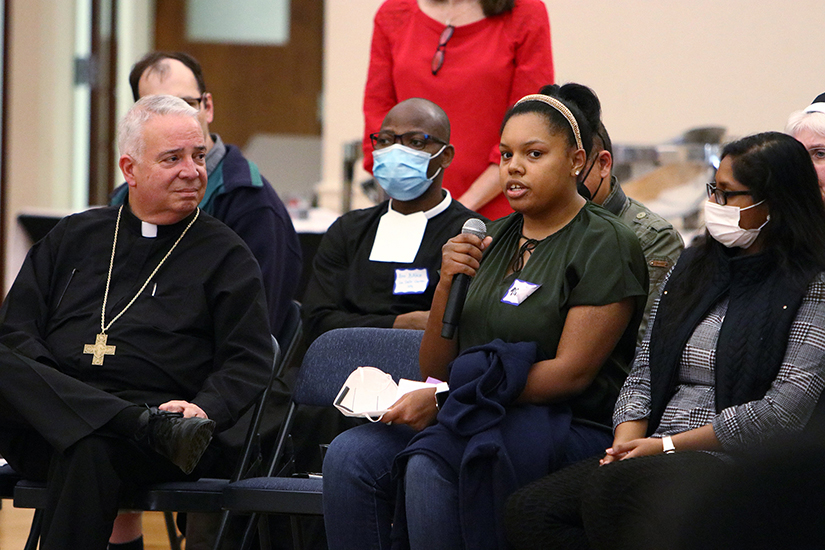
“Members of the group will be asked to agree on whether the report adequately represents the work done together and not on whether they all agree on every single point,” he said. It will then be submitted to the plenary assembly for approval and then handed over to the general secretariat.
A final document from the synod will not be formulated and presented to the pope until after the second session of the synodal assembly in October 2024.
Working groups will be made up of 10-12 people who will change over the course of the session to encourage greater interaction with more people, Ruffini said.
The groups will also be divided by language, with groups of Italian, English, French, Spanish and Portuguese.
Each working group will also have an expert for facilitating conversation “in the Spirit, who will accompany the exchange from a methodological point of view,” he said.
Xavière Missionary Sister Nathalie Becquart, undersecretary of the synod, told reporters about the ecumenical prayer vigil for the synod to be held Sept. 30 in St. Peter’s Square.
>> Key dates
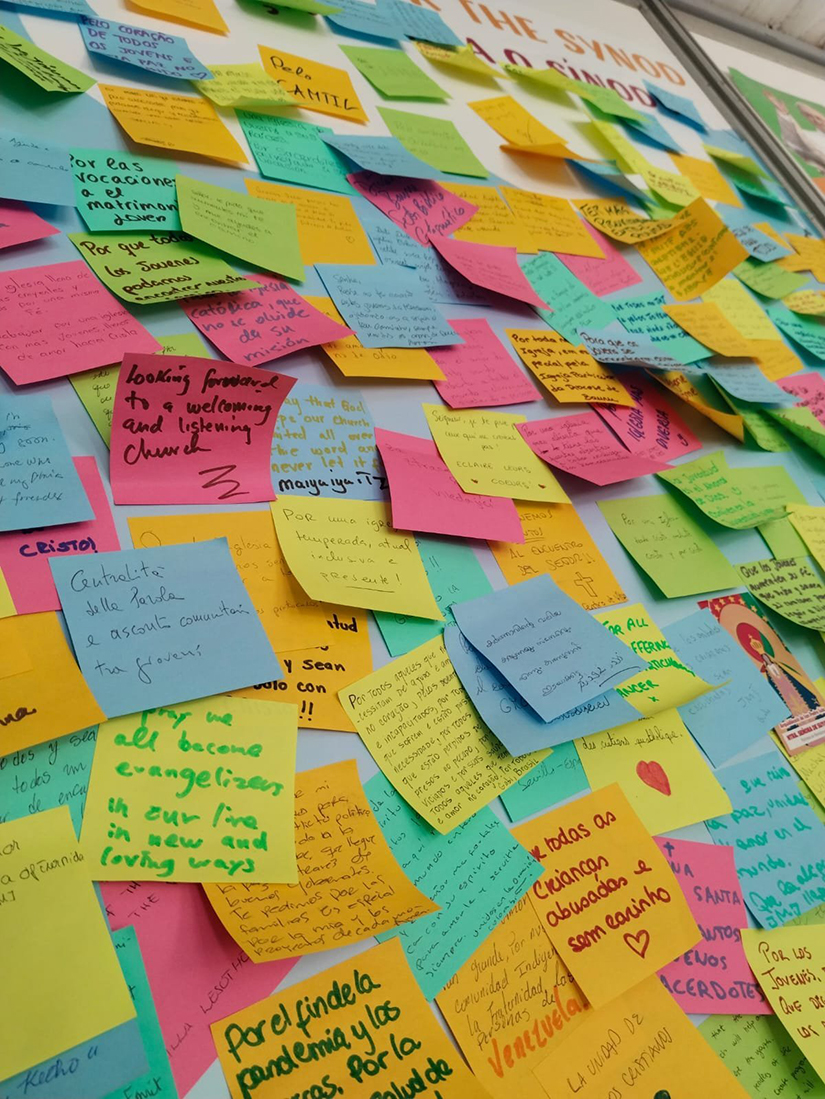
Here are some of the key dates of the Synod, according to the Vatican General Secretariat of the Synod. The secretariat also explained that times of prayer and liturgical celebrations will accompany the work.
•September 30: Ecumenical prayer vigil
•October 1-3: Three-day retreat
•October 4: Opening Mass
•October 4-7: Segment 1 discussions — An Integral Experience: For a Synodal Church. Starting from the experience of walking together lived by the people of God, to focus with greater clarity on the fundamental characteristics of a synodal Church.
•October 9-21: Segments 2, 3 and 4 discussions — Three Priority Issues for the Synodal Church: Communion, Mission and Participation.
A Communion that Radiates: How can we be more fully a sign and instrument of union with God and of the unity of all humanity?
Co-responsibility in Mission: How can we better share gifts and tasks in the service of the Gospel?
Participation, Governance and Authority: What processes, structures and institutions are needed in a missionary synodal Church?
Five worksheets are provided addressing each of the three above priorities. They offer different but complementary perspectives on each issue. Worksheets offer a brief contextualization of the question framed by the reflections that emerged from the consultation of the people of God; presentation of a question for discernment; and a range of insights and questions, outlining different perspectives and various dimensions and levels.
•October 23-28: Conclusions and proposals: The Steps Ahead
•October 29: Concluding Mass
>> Dynamics of each segment
The assembly’s work on each segment will help to build consensus without concealing differences. There will be four steps for each segment.
Introduction
Presentation by the general rapporteur of the segment’s matters for discernment.
Contextualization
Context is shared through testimonies and biblical/theological input.
Working groups
The method of conversation in the Spirit will be used, with appropriate adaptations.
Plenary session
Sharing of working group reports and plenary discussion with an open space for interventions by participants.
Wrap-up in working
Each group distills the fruits of the plenary session and formulates a final report, including proposals for the next steps.
VATICAN CITY — Any limitations and rules regarding media access and communications during the upcoming Synod of Bishops are rooted in the “essence” of a synod and meant to help … Vatican offers details on how synod will work, media access
Subscribe to Read All St. Louis Review Stories
All readers receive 5 stories to read free per month. After that, readers will need to be logged in.
If you are currently receive the St. Louis Review at your home or office, please send your name and address (and subscriber id if you know it) to subscriptions@stlouisreview.com to get your login information.
If you are not currently a subscriber to the St. Louis Review, please contact subscriptions@stlouisreview.com for information on how to subscribe.

